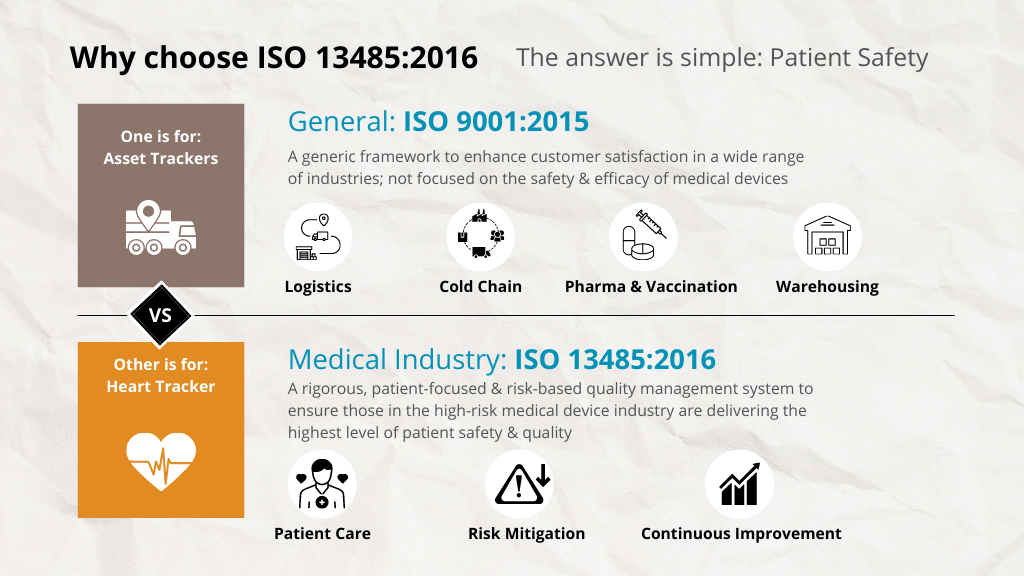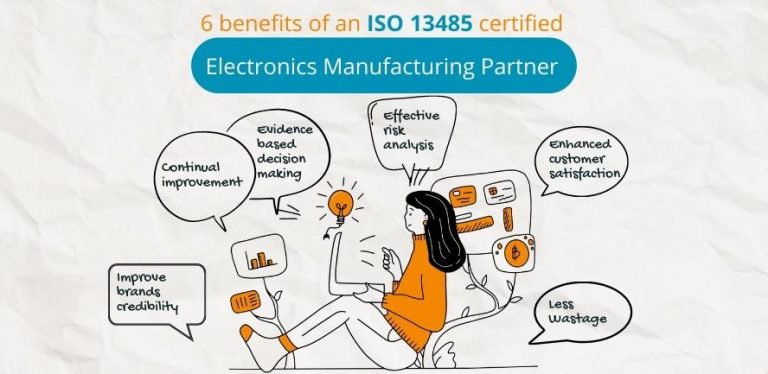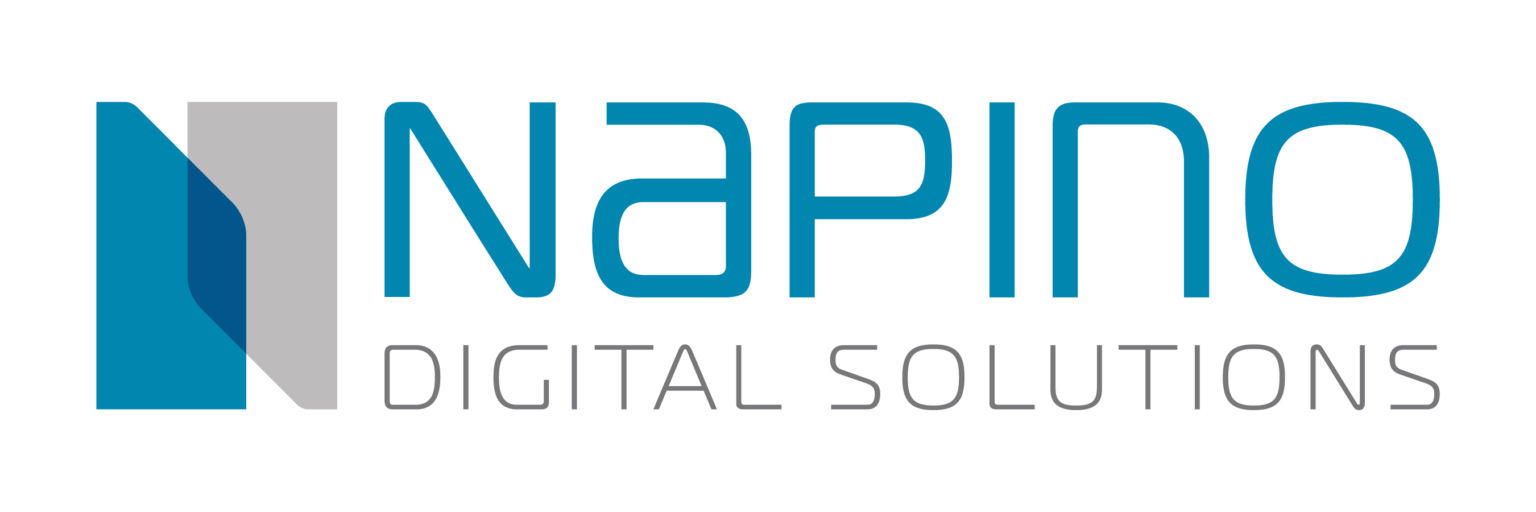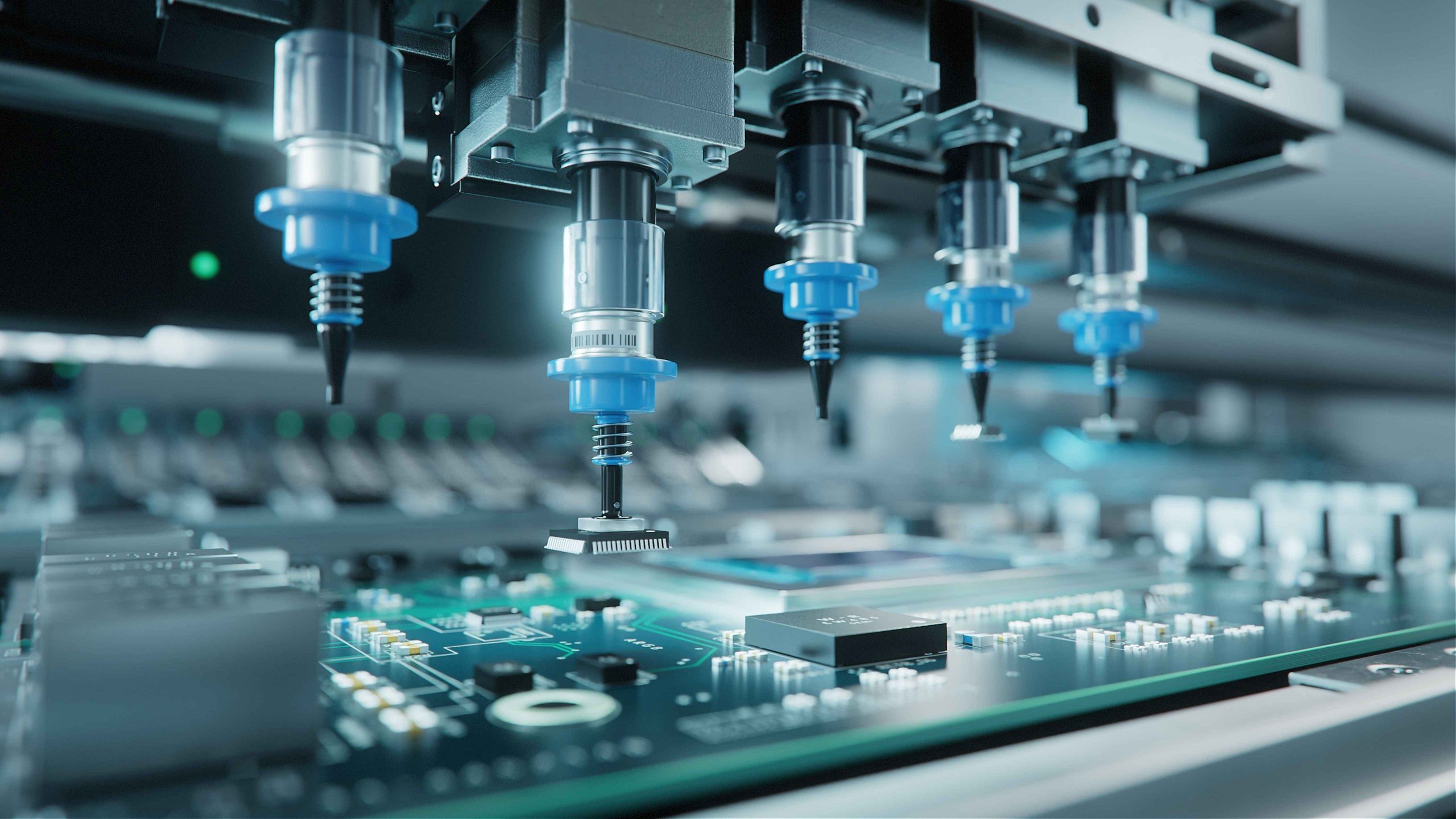When medical device companies look for design and electronic manufacturing partners, there are several important factors to consider, including the end user’s well-being at risk. In an industry where actual lives are on the line, working with an ISO 13485-certified electronics design and manufacturing company ensures that medical devices are high-quality, safe, and effective.
When developing a new medical device, these diverse guidelines, regulations, and standards ensure the product serves its purpose throughout its life on the market.
Have a quick look at what we will cover in this post:
- What do ISO standards for medical devices entail?
- What makes ISO 13485 so reassuring?
- What happens when there is no ISO 13485 certification with your manufacturing partner?
- Conclusion: ISO 13485 for Medical Devices – Contract Manufacturing
What do ISO standards for medical devices entail?

ISO 9001 certification maintains quality and emphasizes continuous improvement and customer satisfaction.
In the medical world, this is not enough!
A standard for quality management systems in place for medical devices; ISO 13485:2016 focuses on managing risk and identifying and resolving issues before they occur.
– Keeping records
– History records of medical device
– Regulations governing records and documents
– Procedures for product and process verification are carried out using medical device-specific guidelines.
– Re-evaluating the entire supply chain
– Auditing at regular intervals
What makes ISO 13485 so reassuring?

Reducing the chances of longstanding issues
ISO 13485 requires frequent managerial reviews to ascertain if already implemented controls are functioning as intended or if more adjustments might produce better outcomes.
For instance, information from customer feedback, audit findings, new regulatory requirements, and any information on corrective measures already implemented will assist decision-makers in determining if quality controls related to ISO 13485 are having the expected results.
These periodic assessments also increase the likelihood of identifying problems before they affect operational effectiveness or the quality of the products. They promote greater visibility, which reduces the possibility that an unattended condition would result in long-term issues.
Expanding Marketplace Competitiveness
The latest version of ISO 13485 certification requires the certified company to influence all subcontractors to comply with the standard. Hence, quality commitment extends beyond the organization. It’s often experienced that working with a new company, at the start, sees more challenges. The ISO 13485 standard reduces most of it with a focus on quality.
Since ISO 13485 certification is internationally recognized, it expands the business to work with other countries and boosts more success. Given that medical devices have a direct impact on people’s lives, it is crucial to persuade stakeholders of efforts to emphasize quality. Potential consumers can develop trust in a business and determine whether it makes sense to collaborate with or purchase from them by reducing the likelihood of damage and raising the likelihood of positive results.
Design products that stay on the market without issues
A study by Drugwatch states that close to 4500 medical devices every year are recalled by US Food and Drug Administration (FDA). Periodic reviews of ISO 13485 processes of manufacturing medical devices can fend off persistent issues, mitigating the risk of products pulling off the shelves. Product-recalled events are unfortunate. Besides revenue loss, it’s irreparable harm to the brand’s public reputation. No brand would want to make a mark as unsafe.
However, the ISO 13485 framework incorporates corrective and preventative activities, making it easier for the design and development team to recognize and address issues than they otherwise could not. Additional help of certification is the ability to foster and sustain an environment of individual accountability within a business.
Being an ISO 13485 certified company will make it simple to identify where & what went wrong to deter issues in the future, in the event of a recall. By taking such steps, a device manufacturer increases public confidence and provides end users more assurance that their operations are under control.
What happens when there is no ISO 13485 certification with your manufacturing partner?
To clear the air, ISO 13485 certification is not mandatory. The brands can go and launch their medical devices in the market without worrying about certified manufacturing partners. However, it is in the best interest of the brand as well as the manufacturer to provide an extra layer of safety and quality to the end user.
In a scenario where the device is in an emergency room or an SOS situation and something goes a miss! The next thing that will happen is the FDA or equivalent government agency investigating the OEM. Consequently, the manufacturing partner requires producing a substantial amount of documents to demonstrate compliance with regulatory processes.
OEMs need a contractor’s production procedures to be verified to assist verify their finished goods. The medical records of PCB manufacturing must adhere to tight standards.
Conclusion: ISO 13485 for Medical Devices – Contract Manufacturing
In the competitive medical device market, innovation is valued as long as it doesn’t compromise user safety. To sum up, ISO 13485 for medical devices is a thorough attempt to ensure that every component complies with strict medical device manufacturing regulations.
Working with a company with ISO 13485 certification electronics design and manufacturing brings many fold benefits to a partner.
Maintaining quality assurance, making high-quality products that are reliable, and a lot more.







